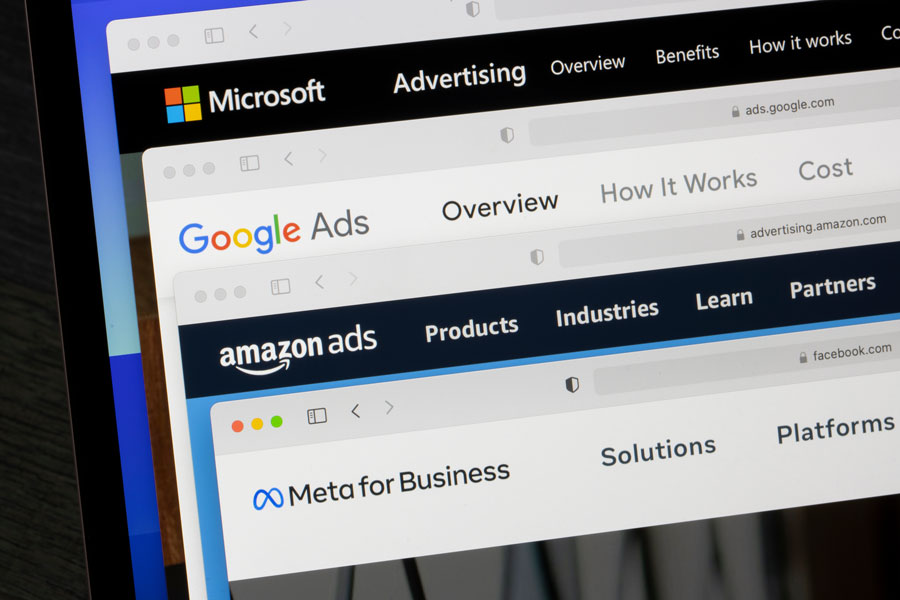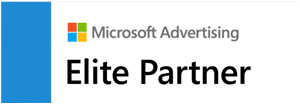
WEST PALM BEACH, FL – A growing number of independent audits and industry insiders are raising concerns that major digital advertising platforms—including Meta and Google—are overstating their impact by inflating conversion metrics and misattributing credit.
On Reddit’s r/PPC forum, one marketer revealed that Facebook Ads reported approximately 70 percent more conversions than appeared in backend systems such as Google Analytics or Shopify, with only about 30 percent of those conversions confirmed as genuine sales . Such discrepancies are not isolated; another advertiser discovered rising overlap when both Meta and Google claimed credit for the same customer purchase—reporting attribution conflicts as high as nearly 40 percent .
At the heart of the issue are platform-specific attribution models. Meta’s default settings use a 7-day click, 1-day view window, which counts conversions even when users delay purchases days after interacting with ads—whether or not those ads directly influenced the decision . Similarly, Google’s multi-touch attribution and extended 30-day conversion window can ascribe credit to ads that played no decisive role in the final sale . These model-based attributions give platforms disproportionate credit, often masking true paths to purchase .
In response, Meta has introduced tools to help advertisers gain clearer insight into actual ad impact. These include an incrementality testing feature, allowing marketers to run holdout groups and compare conversion lifts—this approach yielded results similar to first-click attribution methods. Additionally, new reporting options let users distinguish between “First Conversion” and “All Conversions”—a step toward distinguishing new customer acquisition from returning purchaser behavior .
Despite these platform efforts, the consequences of inflated conversion metrics are significant. Advertisers relying on overstated data may overallocate budget to underperforming campaigns, misunderstand real return-on-investment, and make misguided strategy decisions.
Marketing experts recommend several best-practice steps. Advertisers are advised to:
- Compare ad platform conversion data with internal sales records or analytics systems.
- Choose conservative attribution models like first-touch or data-driven attribution to offset overcrediting.
- Employ incrementality testing, such as offer-based holdouts, to verify true ad effectiveness .
- Audit tracking setups to ensure events are triggered only after genuine purchases—preventing early or false crediting.
The emerging consensus is clear: while ad platforms are not purposefully deceptive, their model-based attribution systems often inflate conversion counts. To protect their marketing investments, advertisers must prioritize transparency, independent measurement, and rigorous testing.
At Searchen Networks, conversion tracking is done with precision and accountability. Rather than relying solely on ad platform-reported metrics, we independently trace each conversion back to its true point of origin. This includes mapping the user’s full path—from their entry page all the way to the final conversion—using server-side data, IP addresses, and confirmation page tracking. By doing so, we can more accurately attribute conversions to specific campaigns, channels, and touchpoints. This approach ensures that our clients’ ad spend is aligned with genuine results, rather than inflated or misattributed metrics often reported by major ad platforms.

Ultimately, conversions are too important to leave in the hands of conglomerate ad platforms with vested interests in maximizing perceived performance. Businesses that rely on these platforms’ black-box reporting risk making decisions based on incomplete or inflated data. To safeguard marketing budgets and ensure meaningful ROI, it’s essential for advertisers to implement their own independent tracking systems—rooted in real user behavior, server logs, and transparent attribution models. Only by taking ownership of measurement can brands make truly informed decisions and avoid being misled by platforms whose incentives may not align with the truth.










